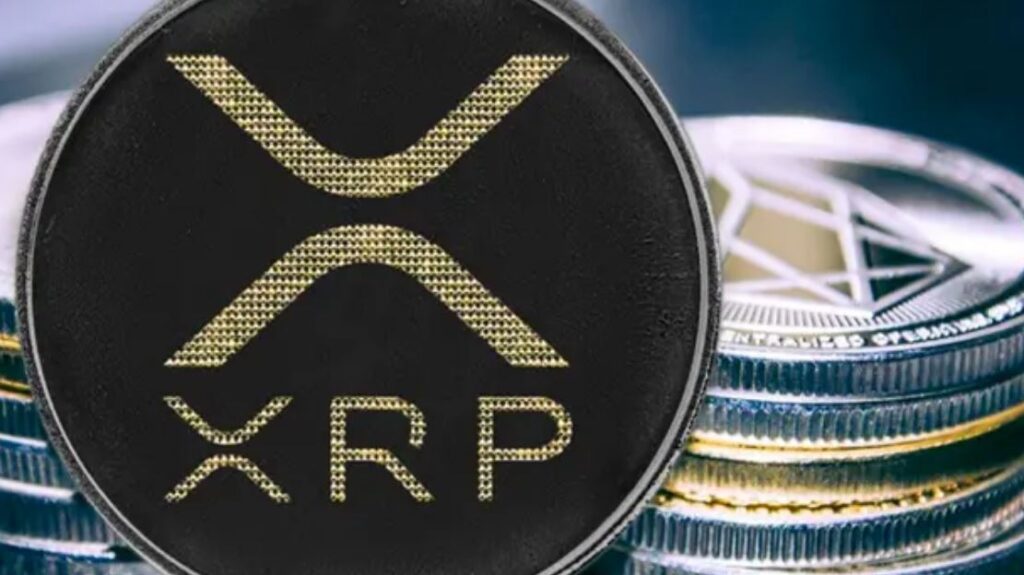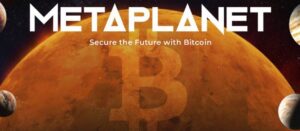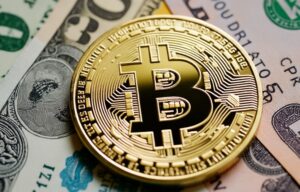La próxima criptomoneda Ripple USD que se lanzará en 2024: Lo que debes saber

Ripple has generated great expectations with the announcement of its stablecoin, Ripple USD (RLUSD).
The company unveiled the project for the new cryptocurrency last April and began testing with its business partners last week. The digital asset is expected to be issued by the end of 2024.
Initially, the stablecoin is being tested on the XRP Ledger and Ethereum networks. The team of developers explains:
“This phase is crucial to ensure that the stablecoin meets the highest standards of security, efficiency, and reliability.”
Ripple, developer of Ripple USD (RLUSD).
Before the stablecoin is available to the public, it must receive regulatory approval. Therefore, Ripple USD is not available for purchase or trading at this time, warn its developers.
The company has designed the RLUSD stablecoin to maintain a stable parity with the US dollar. To ensure this stability, the company will back each RLUSD with assets such as dollar deposits, US Treasury bonds, and other cash equivalents.
An external accounting firm will audit the reserve assets, and Ripple will publish monthly certifications.
Ripple aims to meet a crucial need with the stablecoin
Monica Long highlighted that stablecoins “play a fundamental role” as entry and exit ramps to the dollar. “Following last year’s banking crisis, stablecoins are necessary for traditional institutions, especially in the United States, to access cryptocurrency markets,” Long said.
Long specifically refers to the bankruptcy of the regional banks Signature, Silvergate, and Silicon Valley in 2023. These US financial institutions collapsed when customers withdrew their deposits in mass.
Many of these customers were technology or cryptocurrency companies in need of money to cover losses and looking for better savings rates elsewhere, as reported by CriptoNoticias.
Therefore, Long believes that Ripple’s stablecoin could meet a key market need. This step demonstrates Ripple’s commitment to offer a stable payment solution to the market.
RLUSD will face competition in the stablecoin market
Ripple’s stablecoin will enter a market dominated by two stablecoins: USDT, issued by Tether, and USDC, issued by Circle.
Currently, USDT and USDC represent 69% and 21% of the total stablecoin supply in the market, respectively, according to data from DeFiLlama. Both are among the top 10 stablecoins by market capitalization.
USDT leads with a market capitalization of $115 billion, while USDC has $34 billion.
Based on these numbers, the stablecoin market will not be easy for Ripple’s new currency.
However, Ripple argues that there is a “clear demand for stable coins that provide confidence, stability, and utility.” Therefore, it believes it is in an “ideal position” to launch a stablecoin that addresses a market projected to continue growing.
Ripple USD has opportunities outside the United States
Despite the major competitors, RLUSD has the opportunity to tap into a space, that being none other than the European Union (EU)
The EU has a Market in Crypto-Assets Regulation (MiCA), and as of July 1, investors, exchanges, and issuers must comply with the rules aimed at regulating stablecoins in the region.
In that market, the stablecoins USDC and EURC (pegged to the dollar and the euro, respectively) have received regulatory approval to operate, while USDT was left out, as Tether decided not to comply with MiCA as it deemed it too difficult to meet.
For Ripple, this represents an opportunity to expand and enter the European market with the new stablecoin, as long as it complies with European regulations.
Another potential market is the UK. Ian Taylor, director of cryptocurrencies and digital assets at investment firm KPMG UK, mentioned that they are working with half a dozen payment companies and fintechs with banking licenses in the country who anticipate regulation to issue stablecoins.
Taylor expects that once the legislation comes into force, there will be a “significant increase” in pound-backed stablecoins ready for use. Although Ripple has not mentioned a stablecoin based on the British pound, it could be a possibility in the future.
Challenges and opportunities for RLUSD
A report from Ripple details the challenges along the way for stablecoins.
Among the risks mentioned are “regulatory ambiguity, reliance on collateral, and security concerns.” According to the company, these are critical issues that need to be addressed to fully leverage the potential of stablecoins.
“As stablecoins continue to integrate into the banking system, they promise to reshape the financial world, offering greater efficiency, inclusion, and innovation. This evolution is not just about adopting new technologies, but a step towards a more interconnected and resilient global financial system.”
Ripple, developer of Ripple USD (RLUSDT)
Andy Bromberg, CEO of the company behind the Beam wallet, told Fortune magazine that he is not sure if the market “is screaming for a new stablecoin”.
Competing with the USDT and USDC duopoly will be a complex and daunting task for Ripple, according to Bromberg.
However, the executive suggests Ripple’s goal could be different. Bromberg believes that the stablecoin launch could be related to the performance of the high-interest rates on US Treasury bonds, assets that will back the stablecoin.
The current interest rate for I bonds (a type of bond where the interest rate adjusts every six months) issued between May and October 2024 is 4.28%, according to the Treasury website.
“If Ripple’s coin reaches $1 billion, that would represent an annual return of over $42 million,” he explained. Therefore, he ensures that stablecoins are “ridiculously profitable businesses,” Bromberg added.
Ripple plans to use both RLUSD and XRP in its cross-border payment solution. This combination will allow users to benefit from the advantages of both currencies: the expected stability of RLUSD and the speed and efficiency of XRP.
In the long term, the company has ambitious plans for RLUSD. Ripple aims to bring the cryptocurrency into the decentralized finance (DeFi) sector, enabling users to access a wide range of financial services in that sector.







